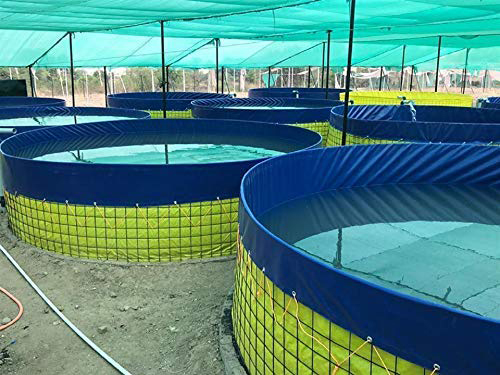Indian fisheries and aquaculture is an important sector of food production, providing nutritional security to the food basket, contribution to the agriculture exports and engaging about 14 milion people in different activities, with diverse resources ranging form deep seas to lakes in the mountains and more than 10% of the global biodiversity in terms of fish and shellfish species.
Since Independence, the country has shown continous and sustained increments in fish production, the sector contribution to 1.1% of the Gross Domestric products. The total fish production of 10.1 million metric tonnes presently has nearly 65% contribution from the inland sector and nearly the same from culture fisheries. The annual crop seed production is to the tune of 25 billion and that of shrimp about 12 billion, with increasing diversification in the recent past.


Fish and fish products have presently emerged as the largest group in agriculture exports of India, with 10.5 lakh tonnes in terms of quantity and 33,442 crores in values.
This accounts for around 10 % of the total exports of the country and nearly 20% of the agricultural exports. More than 50 different types of fish and shellfish products are exported to 75 countries around the world. Fresh water agriculture activity expanded its dimension in terms of area coverage and intensity of operation, with Andhra Pradesh, Punjab, Haryana, Maharashtra etc. taking up fish culture as a commercial farming enterprise, of lake, scientific crop farming is picking up the north eastern states of India. Backlash water aquaculture is mainly concentrated on the coasts of Andhra Pradesh, Tamil Nadu, West Bengal, Bihar, Orisha and north eastern India, cultured brackish water shrimps are destined mainly for exports.
Aquaculture over recent years has not only led to substantial socio-economic benefits such as increased nutritional levels, income employment and foreign exchange, but has also brought vast unutilized land and water resources under culture.
With freshwater aquaculture being compatible with other farming system, it is largely environmentally friendly and provider for recycling and utilization of several types of organic wastes. Over the years however, culture practises have undergone considerable intensification and with the possibility of obtaining high productivity levels there has been a state of flux between the different farming, practises. In the brackish water sector there were issues of waste generation, conversion of agricultural lands salinization, degradation of soil and the environment due to the extensive use of drugs and chemicals destruction of mangroves and so on. Though some of these issues posed concerns, most, however, were isolated instances with the bulk of farming conforming to eco-requirements.